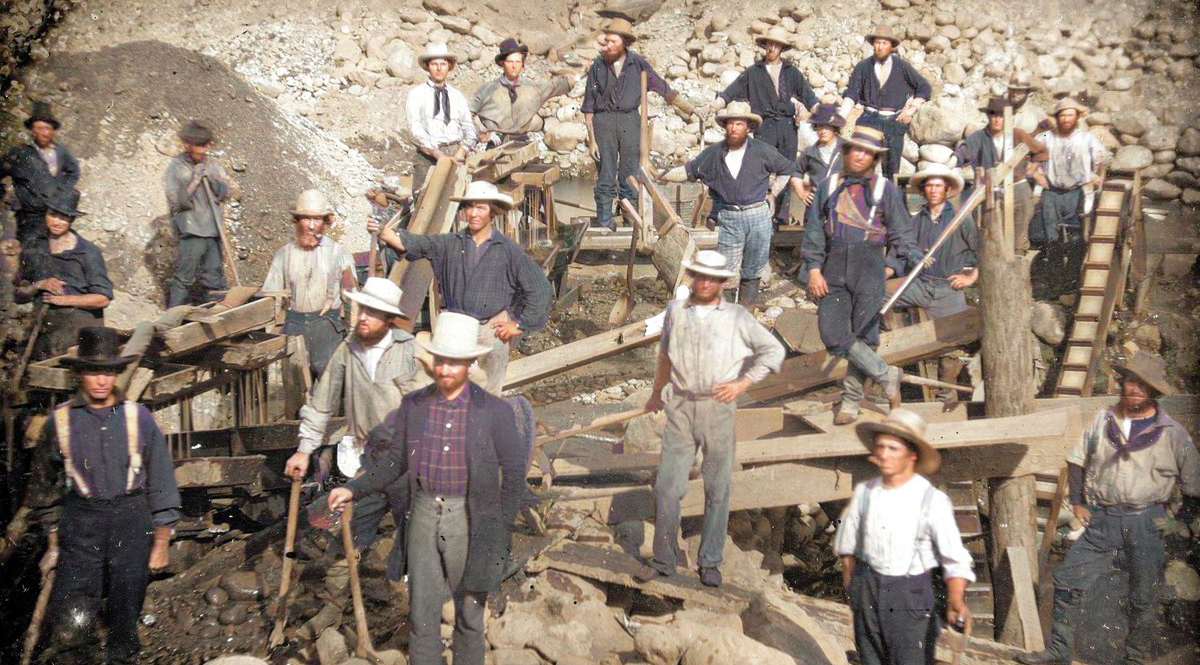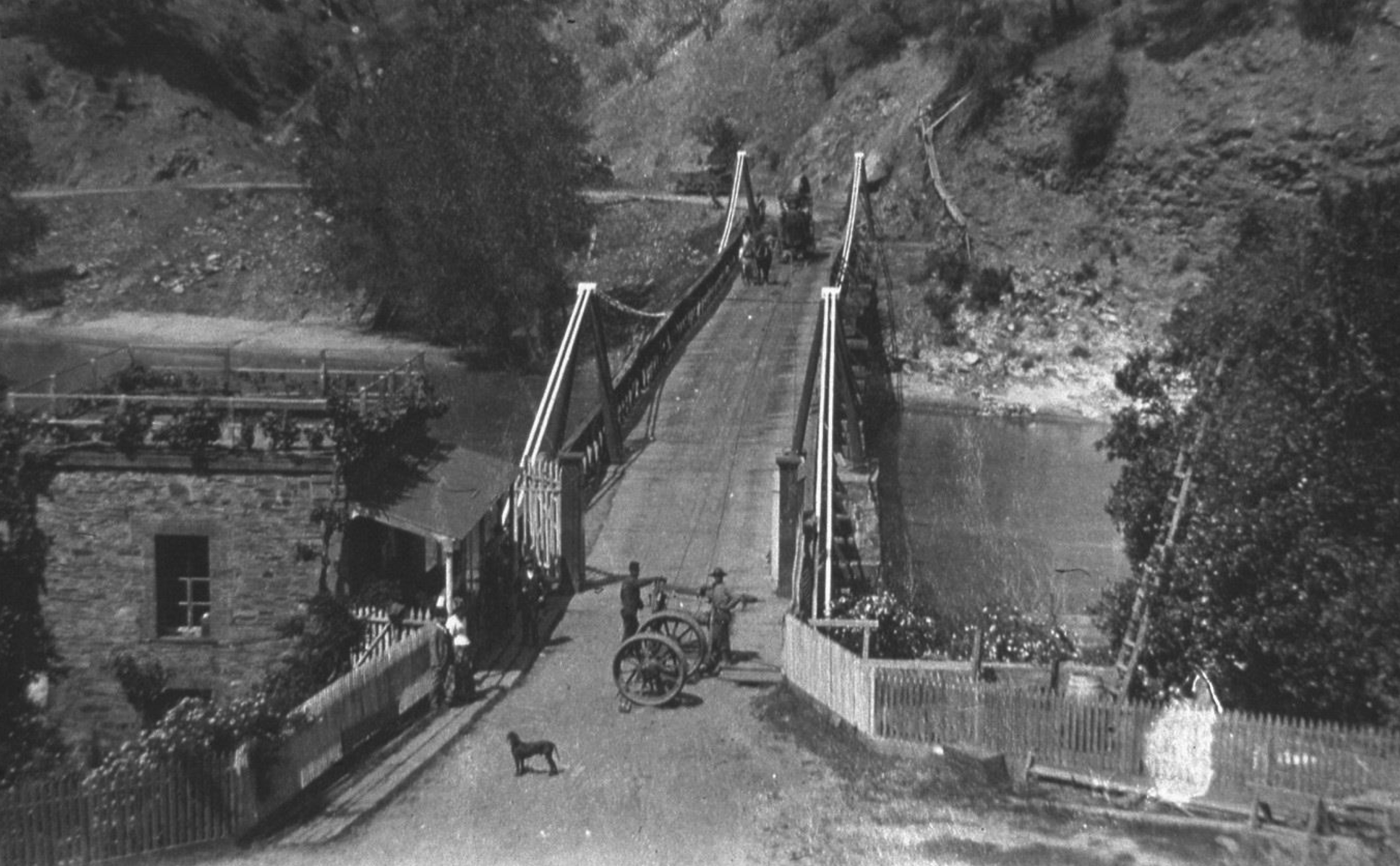
Indigenous & Hispanic Heritage
The earliest known inhabitants of Butte County were the Northwestern Maidu, who migrated and settled on the Mooretown Ridge between the Middle Fork and South Fork of the Feather River around 1500 B.C. The descendants of these people are today’s Concow-Maidu tribe. As pioneers journeyed westward in the late 1700s and early 1800s, numerous Spanish, Mexican, and early American explorers traversed the area, then part of Mexico and now within California’s borders. In the early 1840s, the Mexican government granted large tracts of land to various settlers. In Butte County, Llano Seco remains as one of the last intact land grants from this period.

The Gold Rush
The discovery of gold in California in 1848 brought thousands of people to the area and Butte County, including John Bidwell, the eventual founder of the city of Chico. Towns along the Feather River — such as Oroville, Cherokee, and Magalia — sprang into existence. With the migration of thousands during the Gold Rush, California became a state in 1850, with Butte County being one of its 27 original counties.

Agriculture
The history of agriculture in Butte County, California, is rich and diverse, reflecting the region’s natural resources, climate, and cultural heritage. Today, Butte County’s agriculture focuses on crops such as rice, almonds, walnuts, prunes, olives, peaches, and kiwifruit. The region also has a significant dairy industry. Sustainable farming practices, water management, and technological advancements play important roles in the modernization and efficiency of agriculture in Butte County.

